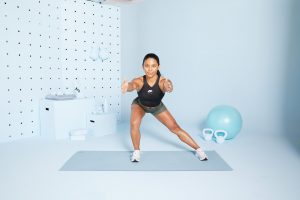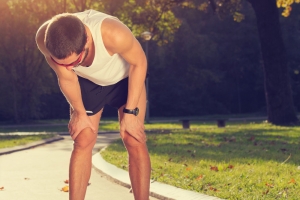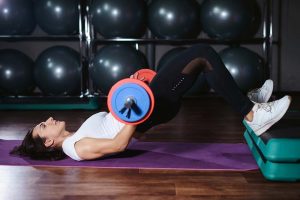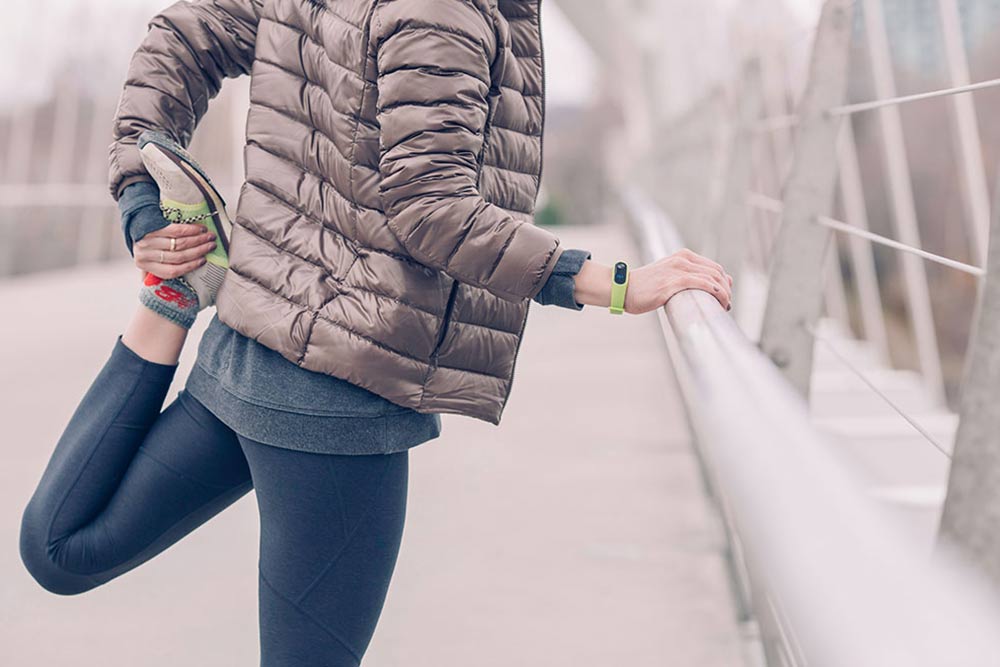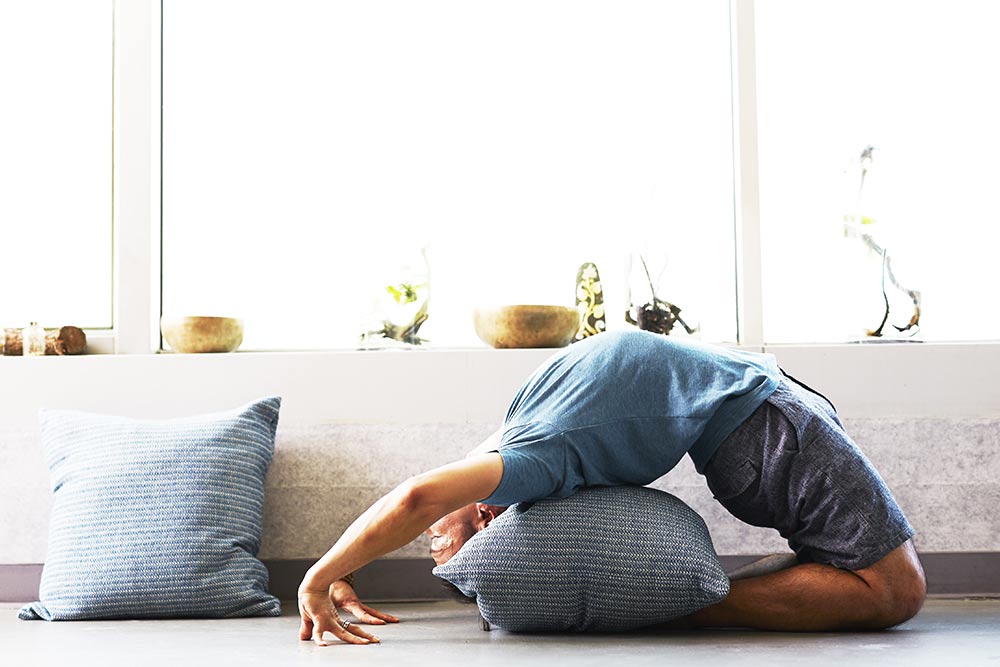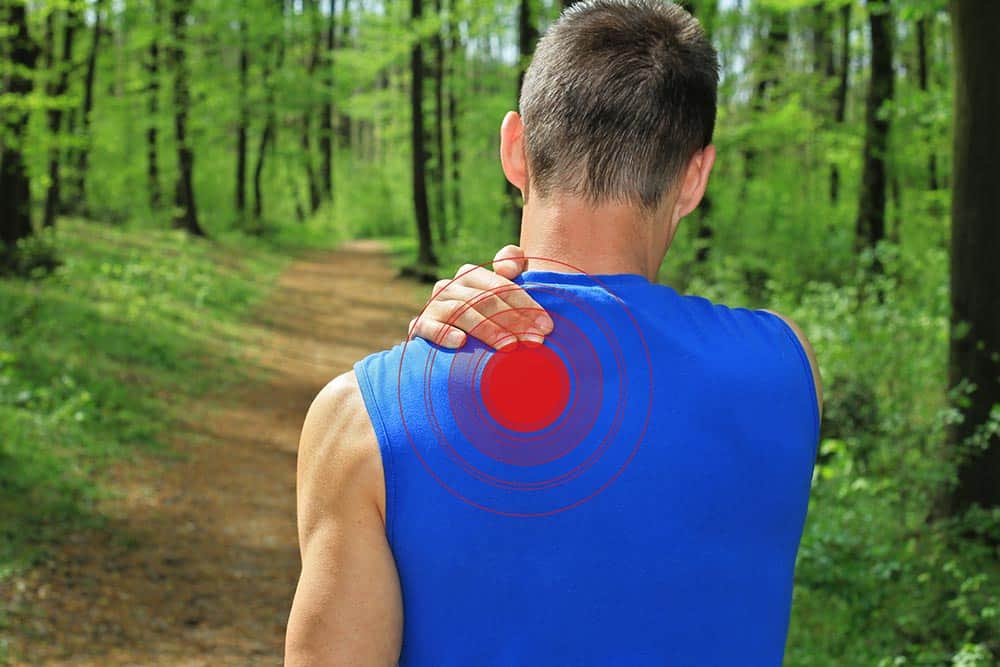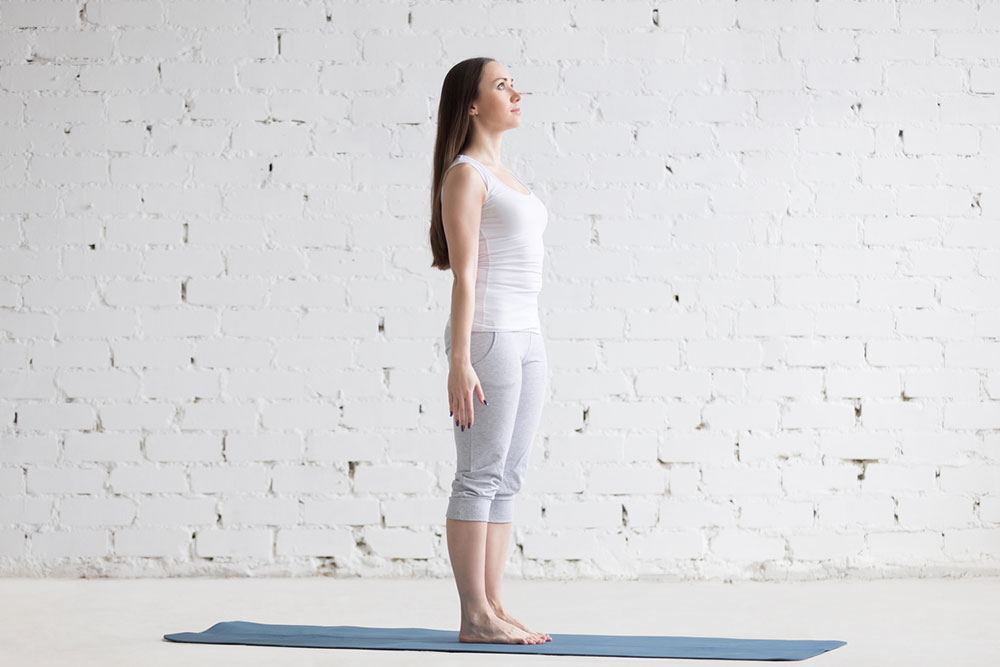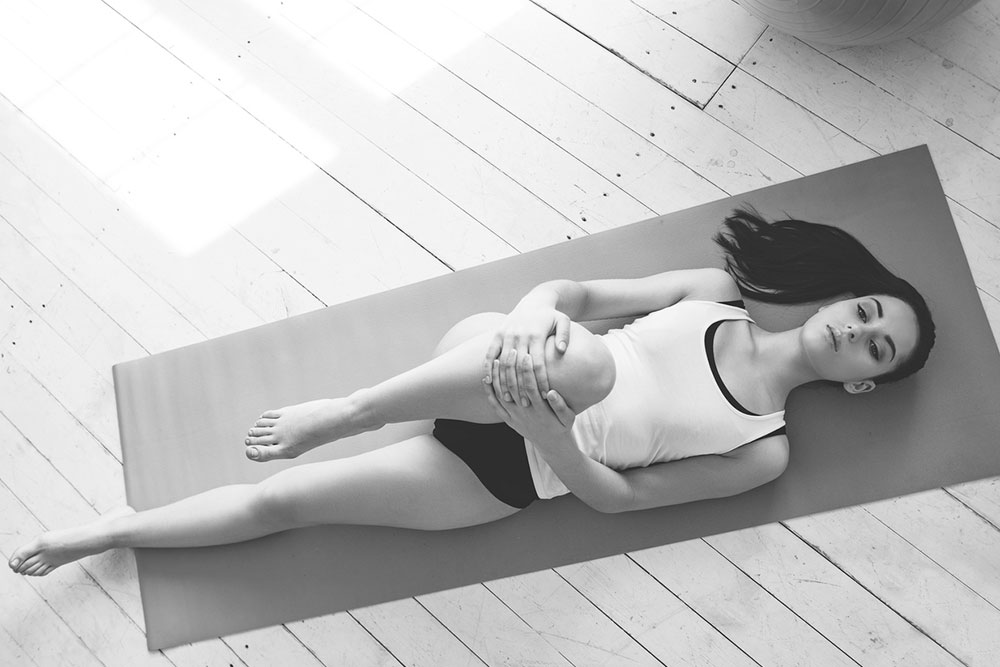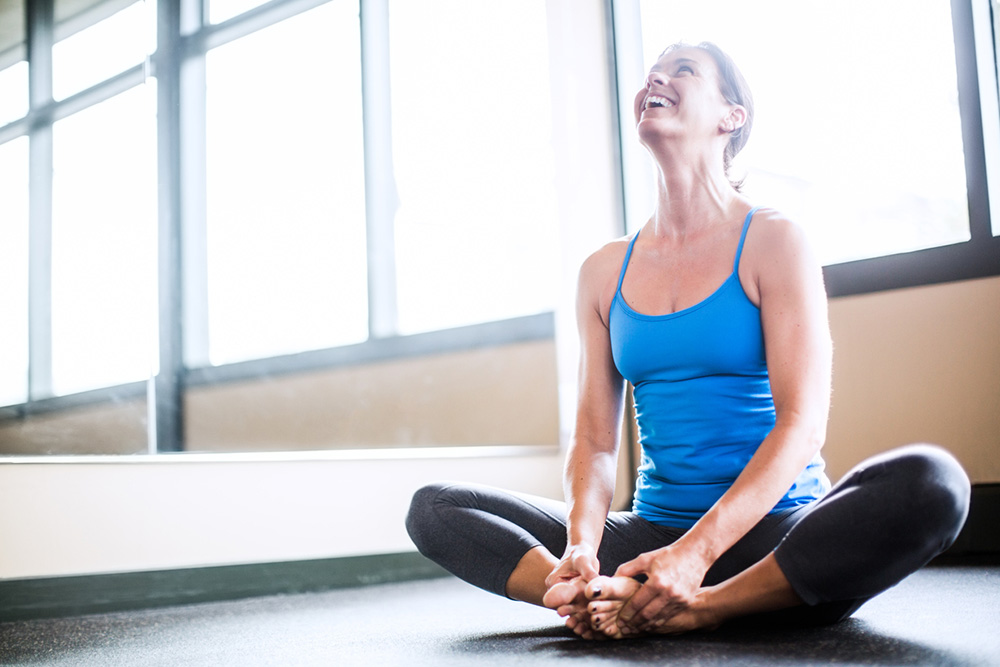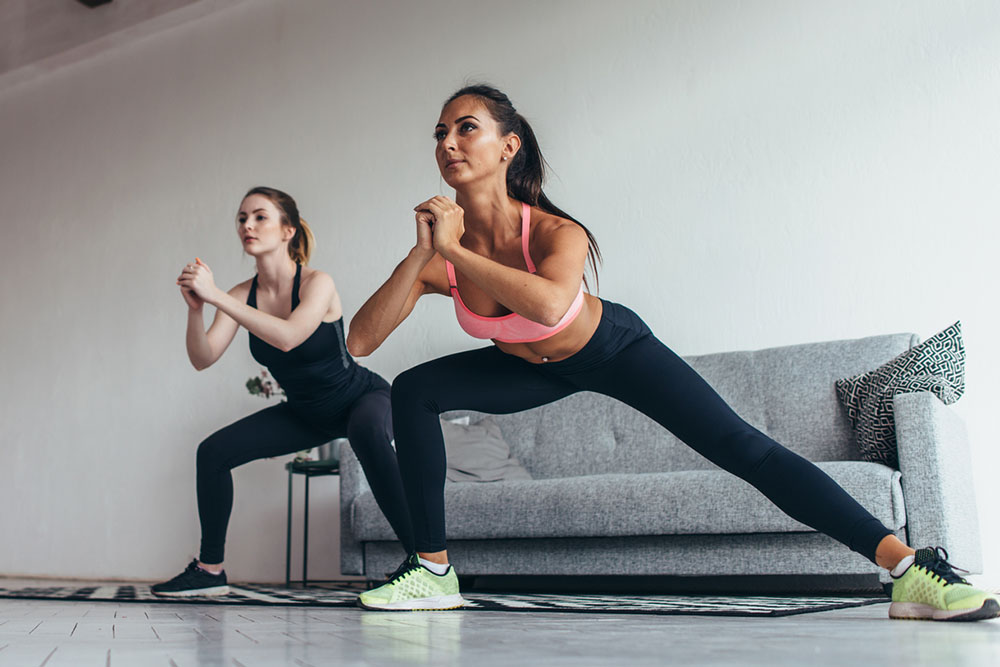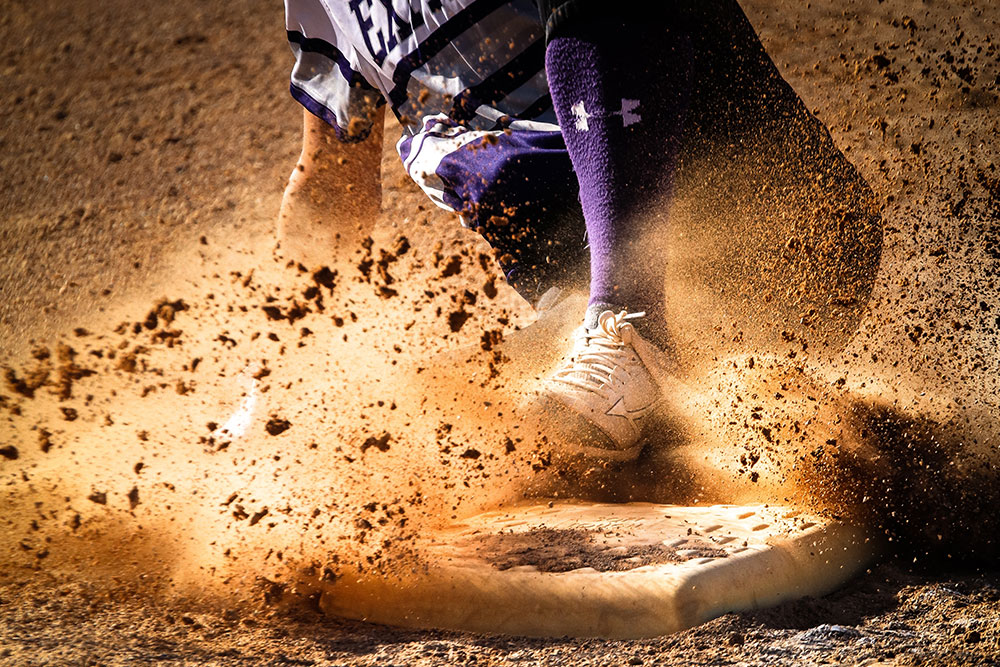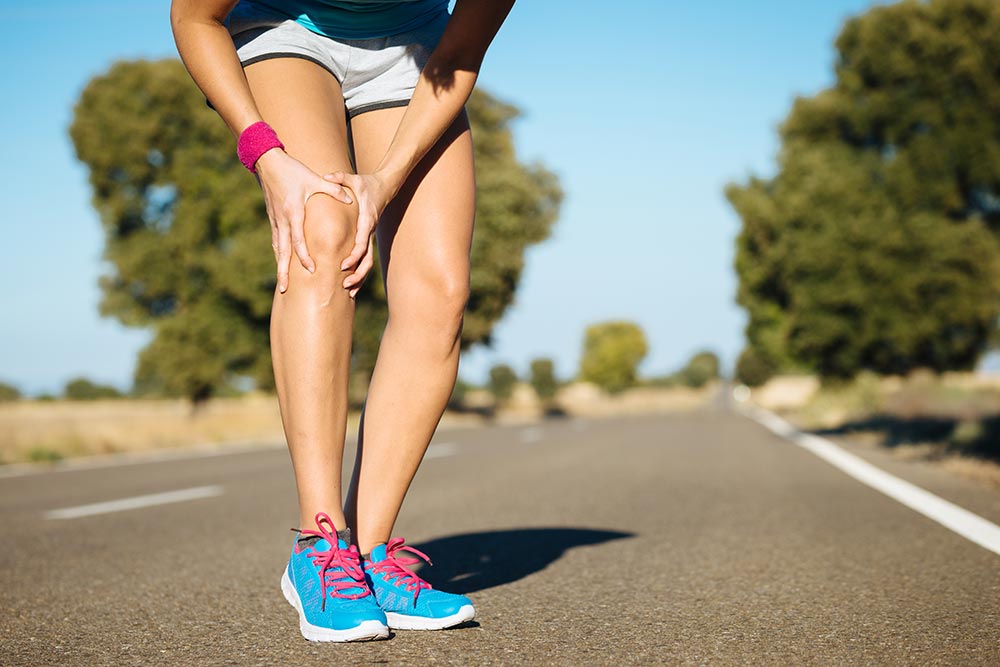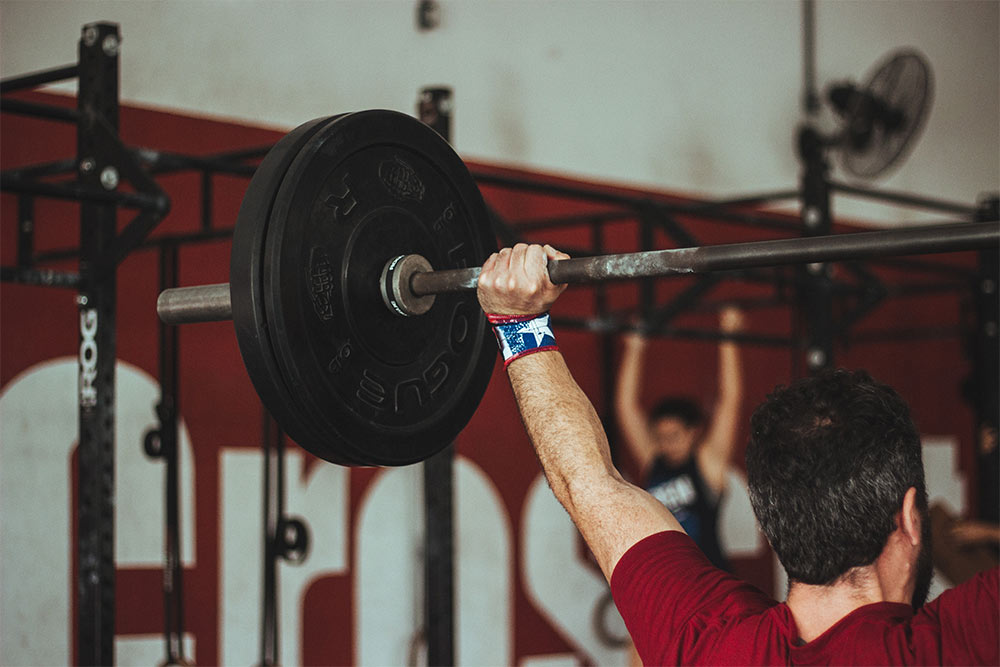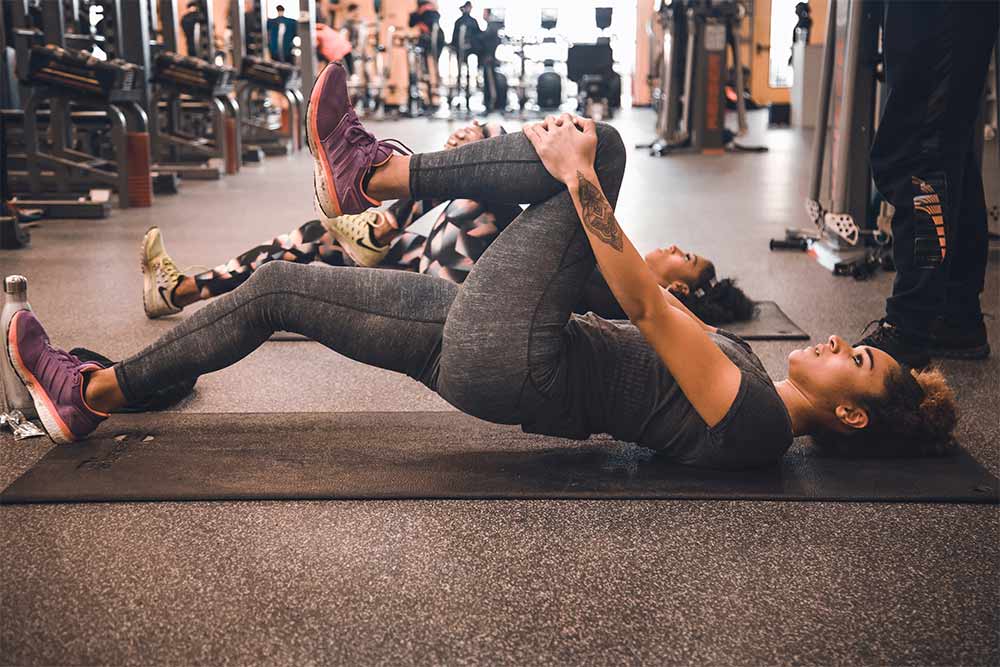Glute Activation Warm-up and Exercise Performance
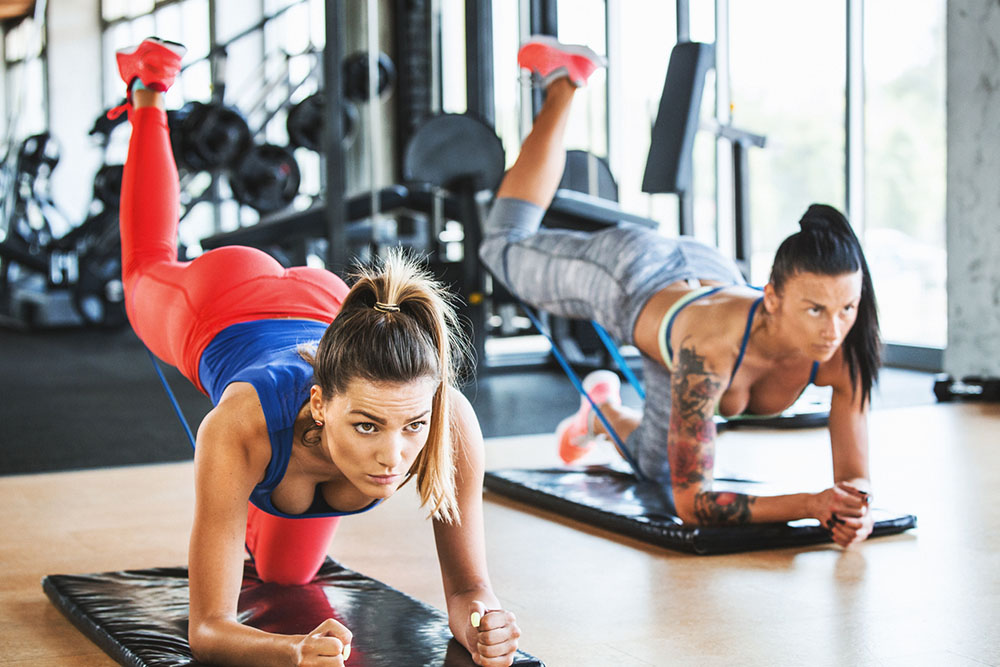
Anyone who has ever taken part in formal exercise would have performed a warmup (hopefully more than one…). Increasing blood flow and core body temperature, they are thought to enhance performance and reduce injury risk.
However, if your warmup only consists of quick couple of minutes of cardio, and maybe a bit of stretching, then you are doing yourself a disservice.
See, there are certain exercises that improve your ability to function in a big way.
Which brings us quite nicely to this article – being glute activation exercises.
What is glute activation?
Over the last decade, performing ‘activation’ exercises prior to exercise has become increasingly popular.
Typically consisting of a battery of low-level (some might even say ‘therapeutic’) exercises, activation exercises are suggested to enhance your muscle recruitment in preparation for higher intensity activity.
As such, glute activation exercises are simply that –exercises performed with the intent to enhance your gluteal muscles ability to fire during movement.
Does glute activation improve performance?
The gluteal musculature plays a role in nearly every athletic movement on the planet.
They are essential to jumping and sprinting, and integral to both accelerating and changing direction rapidly.
Hell, they are even important to single leg stability.
In short, without them you would be useless.
So it should come as no surprise that performing specific glute activation exercises before sport can enhance physical performance (Crow, 2012: Comyns, 2015: Barry, 2016).
While only in its infancy, research has shown that performing one or two glute activation exercises before exercise can increase jump height and sprint acceleration – both of which are integral to athletic success.
Does glute activation reduce injury risk?
Onto the other big one – does glute activation reduce injury risk?
This is where things get a little bit shadier.
At this point in time, there is minimal high-quality research exploring the long-term effects of a glute activation program on injury risk.
As I am sure you can imagine, this would be quite an undertaking.
However, we do have some research that shows some promise in the area.
Performing glute activation exercises has been shown to enhance single leg stability and movement quality during single leg jumping and landing tasks. This is generally typified by an improvement in knee and pelvis position, decreasing the load distributed through the passive structures of the lower limb (Ford, 2015: Parr, 2017).
And it is this that indicates reduced injury risk of the knee and ankle.
In short, it looks as if performing glute activation exercises before sport may reduce lower limb injury risk – although more research is needed for this to be said with real certainty.
When should Glute Activation be Performed?
It should come as no surprise that glute activation exercises should be performed during your warmup, before commencing higher intensity exercise or complex movement tasks.
With this in mind, I like to structure my warmups like this:
- 5 minutes of very light aerobic activity to increase blood flow and core temperature
- 5 minutes of foam rolling and dynamic stretching (focus on individual target areas)
- 2-3 specific activation exercises (i.e. glute activation exercises)
- 2-3 complex movements (i.e. squats and lunges)
When performed in this way, it only takes around 15 minutes to get in a very solid warm up and prime your body for exercise.
Electrostimulation for glutes
While on the topic of muscle activation, I simply could not avoid discussing electrostimulation (also known as electronic muscle stimulation in some circles).
Electrostimulation is a technique that causes muscle contractions via electrical impulses. Electrodes are placed on the skin over a specific muscle, and an electrical current is sent to the electrodes.
This shocks the muscles, causing it to contract (Gondin, 2011).
And this process is important.
See, in modern day, we spend a lot of time in sedentary positions. As a result, we also spend a lot less time actually moving.
Consequently, many of us lose our ability to contract certain muscles of the body.
Our ‘mind-muscle connection’ ultimately becomes impaired.
But electrostimulation bypasses this issue by stimulating muscle tissue directly. This allows the muscle to fire maximally, which ‘retrains’ the brain.
As a result, electrostimulation can cause significant improvements in your ability to contract, control, and activate your muscles – which can enhance movement, increase performance, and even reduce injury risk
Consequently, electrostimulation for the glutes (especially when combined with specific activation exercises) may have the capacity to enhance muscle function and improve athletic performance in a very big way.
Best glute activation exercises
Taking all of this into consideration, some of my favorite glute activation exercises are as follows:
- Prone hip extension: Lying flat on your stomach, lift one knee about 2 inches from the ground by contracting your glute as hard as you can. Complete 1 set of 12 per side.
- Single leg glute bridge: Start by lying flat on your back with your knees bent to 90 degrees. Proceed to lift one foot from the ground. Then drive the heel of your grounded foot into the ground as hard as you can, while ‘thrusting’ your hips into the air. At the top of the movement squeeze the glute of your grounded leg as hard as you can. 1 set of 8 per side is perfect here.
- X-Band walk: Stand with your feet about shoulder width apart, with a band looped around your feet. In semi squat position, proceed to step laterally, driving your leg against the band as hard as you can. Shuffle 12 steps in one direction, and then 12 steps back in the other direction. You should feel a nice burn in your glutes after this one.
- Explosive hip lift: Start by lying flat on your back with your knees bent to 90 degrees. Driving both of your feet into the ground, drive your hips up as quickly as possible by squeezing your glutes as hard as you can. Your feet should briefly leave the ground each rep. Complete 2 sets of 6 here.
Complete these in sequence and prepare for peak performance.
Take Home Message
Glute activation exercises have become commonplace in athletic and sporting circles to prime the glutes before exercise. This has been shown to improve athletic performance and may even prevent against lower limb injuries.
And by using the exercises listed in this article, you can do the same.
References
Barry, Lorna, Ian Kenny, and Thomas Comyns. “Performance effects of repetition specific gluteal activation protocols on acceleration in male rugby union players.” Journal of human kinetics 54.1 (2016): 33-42.
Crow, Justin F., et al. “Low load exercises targeting the gluteal muscle group acutely enhance explosive power output in elite athletes.” The Journal of Strength & Conditioning Research 26.2 (2012): 438-442.
Comyns, Thomas, Ian Kenny, and Gerard Scales. “Effects of a low-load gluteal warm-up on explosive jump performance.” Journal of human kinetics 46.1 (2015): 177-187.
Ford, Kevin R., et al. “An evidence-based review of hip-focused neuromuscular exercise interventions to address dynamic lower extremity valgus.” Open access journal of sports medicine 6 (2015): 291.
Parr, Matt, Phil DB Price, and Daniel J. Cleather. “Effect of a gluteal activation warm-up on explosive exercise performance.” BMJ open sport & exercise medicine 3.1 (2017): e000245.
Gondin, Julien, Patrick J. Cozzone, and David Bendahan. “Is high-frequency neuromuscular electrical stimulation a suitable tool for muscle performance improvement in both healthy humans and athletes?.” European journal of applied physiology 111.10 (2011): 2473.
You Might Like:

